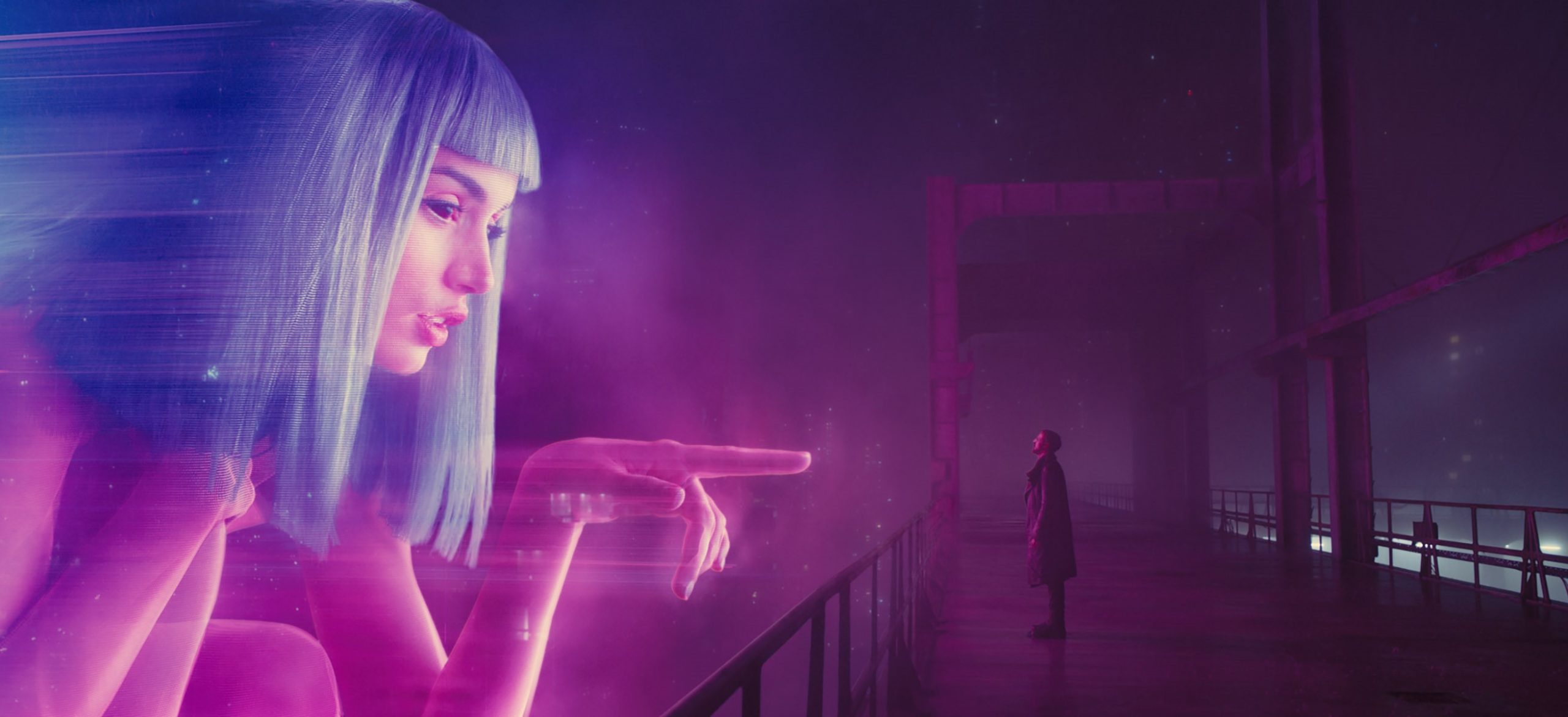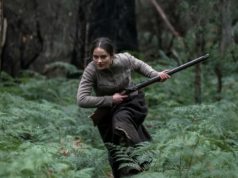Much more ambitious than the original cult classic, Blade Runner 2049 is a contemplative science fiction that expands the universe of that film
Blade Runner 2049 (2017)
Directed by Denis Villeneuve. Screenplay by Hampton Fancher and Michael Green. Story by Hampton Fancher. Starring Ryan Gosling, Harrison Ford, Ana de Armas, Sylvia Hoeks, Robin Wright, Mackenzie Davis, Carla Juri, Lennie James, Dave Bautista, Jared Leto, David Dastmalchian, Barkhad Abdi, Hiam Abbass, Wood Harris and Edward James Olmos.
Released in 1982, Blade Runner has become a cult classic for a number of reasons, especially for being a perfect hybrid of thought-provoking science fiction and neo-noir that never underestimated the strength of its ideas. Based on Philip K. Dick’s dystopian novel Do Androids Dream of Electric Sheep?, it presented a bleak view of the future in which empathy would be the only human characteristic that could not be detected in bioengineered androids — or replicants. But director Ridley Scott went even further, dissolving this distinctive line between those two types of sentient beings so that he could question what empathy means in a world where humans act like monsters and replicants could become more human than us.
35 years and numerous re-cuts later, the doubt still remains: is Rick Deckard a replicant or not? Does that matter? The answer to this second question lies at the core of Blade Runner 2049, a worthy sequel that expands the ideas promoted in the original film and creates something even more complex. Director Dennis Villeneuve (Prisoners, Arrival), who has now become one of my favorite filmmakers at the moment, refuses to cater to the expectations of a mainstream public and trusts his audience to follow what he wants to say, offering us a mostly contemplative follow-up that may not be exactly inventive from a formal point of view but is more challenging than its predecessor in the way it questions what defines us as humans.
Written by Hampton Fancher (co-responsible for the original) and Michael Green (Logan), Blade Runner 2049 takes place 30 years after the events of the first movie. The Wallace Corporation resumed the legal production of replicants in 2036 (14 years after a major Blackout made them illegal), introducing a new model of Nexus‑9 replicants that look as close to humans as possible and are integrated into society to obey us. K (Ryan Gosling) is a Nexus‑9 LAPD blade runner who “retires” an old model and finds the remains of a female replicant who died of complications from a C‑section — a shocking discovery that plunges him in a mission to find both the child and Deckard (Harrison Ford), who has been missing for 30 years and may still be alive.
The first thing that is evident when you watch Blade Runner 2049 is Villeneuve’s almost solemn respect for the original film, given the way he re-creates the same universe conceived by Scott with its barren, lifeless landscapes. We see the same gloomy cyberpunk Los Angeles whipped by constant rain and dominated by skyscrapers, red and blue neon lights, mixed languages, noise pollution and huge LED ad panels for Sony, Coca-Cola and Atari (!) Even the score wants to emulate Vangelis’ music with its synthesizers, despite never being as memorable (in fact, it is the film’s weak point). The visual effects, on the other hand, do stand out, complementing the universe by introducing top-notch high tech that is a lot more advanced than before.
But although Villeneuve doesn’t dare so much in terms of visual inventiveness, he compensates with some stunning sets, like the ruins of San Diego as a trash dump — with its scavengers and orphan children that reminded me of Mad Max — and, of course, the radioactive remains of Las Vegas boasting gigantic statues bathed in orange light. When K reaches an abandoned hotel in Vegas, we see a concert hall where a flickering hologram of Elvis still sings Can’t Help Falling in Love, in a scoreless fight scene that works as an unsettling display of futuristic decadence. Still, my favorite set is the dazzling palace of Wallace Corp in the old Tyrell pyramid, with a lot of yellow and dancing water-like waves projected on the walls.
More interested in the characters, Villeneuve also explores their moral ambiguity in a visual way, like when he covers the lower half of K’s face with the tall collar of his dark green coat or makes him sit in the dark waiting to retire a replicant. Ryan Gosling, by the way, does an excellent job as an apathetic man who is in a relationship with a hologram, Joi (Ana de Armas), conveying a gamut of mixed feelings that emerge once K starts to realize that his implanted memories might be real. And even more remarkable is the quiet way that Deckard appears, without the fuss of a big revelation, as an older man who moves us with the complexity of his feelings and the difficult choices he had to make to save those he loved.
And if, on one hand, Joi is charismatic and makes us share her sadness for not having a real body, the replicant Luv (Sylvia Hoeks) is a fascinating character divided between her feelings and her duty to her maker — which we notice from her shaken expression when Wallace (Jared Leto) kills a newly-activated female replicant. Thus, it is only perfect that she wears a white suit with clean lines that later reveals black on the inside and red underneath when she drops the polite act and exposes her dangerous intentions to a human. Wallace, in turn, wears a black kimono-like robe like a samurai, and I love how he is framed in one key scene as a god, with the yellow light on the wall behind him like sunlight coming out of his head.
As an existential look into what distinguishes us as humans, it is interesting to observe how Blade Runner 2049 is told from the perspective of an acquiescent replicant who begins to have feelings — as opposed to the first film, in which a cold human had to fall in love with a replicant to be confronted with how relative things actually are. This time, Villeneuve seems to be asking us: if two different beings reach a certain evolutionary stage in which they can be considered virtually identical — even if those feelings are engineered — wouldn’t it be safe to say that they become alike? Are programmed feelings or those provoked by fabricated memories unreal?
If the difference between humans, replicants and holograms turn out to be only nucleotides and binary digits, what would distinguish human feelings from synthetic ones? Well, nothing, the film seems to argue, since those feelings are real for those who have them, regardless of where they come from or what they are made of. Even human feelings are anchored in memories that are never entirely real, but filtered by our emotional response and connection to our experiences. And this is what makes K’s decision so meaningful in the end, when he finally understands that it is our choices what makes us “human” after all.
Elevated by amazing visual effects — which should be remembered in the Oscars especially because of a haunting threesome scene and a jaw-dropping moment when an old familiar face reappears looking just as young as 35 years before — Blade Runner 2049 may not be groundbreaking or a masterpiece like the first film, but expands its universe and mythology to a new level. If Blade Runner is becoming a franchise now, then I will love to see more of it.






Could the sequel have been almost as good, on par, or even better than the original. If so, how?
Of course, anything can happen. How, I have no idea 🙂
Thanks for the answer 😛